The Swag Problem No One Talks About
If you’ve been to enough events, you’ve got the graveyard drawer to prove it—stress balls shaped like globes, pens that barely write, and tote bags so flimsy they tear under the weight of a granola bar. Yet when you compare a casual retreat with a high-ticket mastermind, those same old items somehow end up in both bags. That’s a mistake. Retreat gifts and mastermind kits are not the same thing, and if you treat them like they are, you’re leaving connection (and revenue) on the table.
Understanding Retreat Gifts
Retreats are usually built around refreshment, team bonding, or a chance to step away from the daily grind. The gifts at these events are meant to surprise and delight. Think of them as hospitality with a logo. A good retreat gift should feel like:
- A thoughtful welcome, like a branded journal waiting on the bed at a mountain lodge.
- A useful companion, such as a water bottle or cozy blanket to enhance the retreat experience itself.
- A subtle brand reminder that follows attendees home without screaming “cheap promo item.”
The tone here is soft. Retreat gifts are about comfort, inclusion, and a little bit of luxury. They whisper, “We thought of you,” rather than shout, “Buy from us!”
What Sets Mastermind Kits Apart
Now shift gears. A mastermind isn’t about unplugging with a yoga mat and scented candle. It’s about sharpening your mind, solving high-level problems, and leveraging the room. That means the kit needs to reflect intensity, exclusivity, and value.
Mastermind kits should feel like tools, not trinkets. Imagine:
- Premium notebooks with enough durability to survive six months of strategy scribbles.
- Noise-cancelling headsets or smart desk tools that scream productivity.
- Custom binders or digital access cards for frameworks, templates, or recorded sessions.
This isn’t about comfort—it’s about performance. You’re arming your attendees to act on what they learn. Retreat gifts say, “Relax and connect.” Mastermind kits say, “Gear up and execute.”
The Price Tag Factor
Here’s where most organizers miss the mark: they don’t scale gifts to the ticket price. If you’re charging $600 for a weekend retreat, attendees don’t expect a $400 kit—but if you’re charging $15K for a mastermind, a tote bag and a pen won’t cut it.
Your swag should feel proportional. A $50 branded hoodie feels like a big deal at a retreat. In a mastermind setting, it feels like pocket change. The perceived value of your kit is tied directly to what attendees invested to be in the room.
Length and Intensity Shape the Strategy
The rhythm of the event should influence what goes into the bag:
- Short Retreats (2–3 days): Stick to comfort-driven items—blankets, snacks, tumblers, or anything that makes the stay more enjoyable.
- Extended Retreats (4–7 days): Add more experiential gifts like wellness kits, branded backpacks, or items participants will use repeatedly throughout the trip.
- Masterminds (monthly or quarterly gatherings): Build a continuity kit. Instead of one-off items, create systems—binders, refills, digital tools—that keep engagement alive between sessions.
Why This Distinction Matters for ROI
It’s not just about attendee happiness (though that matters). Your merch is a retention lever. Retreat gifts build warmth and community, which increases the chance of people coming back next year. Mastermind kits, meanwhile, reinforce implementation. The more your members use what they got in the kit, the more they attribute their progress to your mastermind—and the more likely they are to renew.
When organizers ignore the difference, they water down their brand. A retreat with sterile corporate kits feels cold. A mastermind with fluffy spa gifts feels unserious. Neither will maximize ROI.
What You Can Learn From Schools and Conferences
It may sound odd, but schools nailed this lesson long ago. They don’t hand freshmen a binder with the alumni pledge card inside. They give them spirit shirts, small items that build identity, and save the legacy-level pieces for senior year. The same principle applies here: align the merch with the emotional stage of the journey.
That’s why many conferences also treat swag as a silent branding arm. As one post on the merch kit gallery points out, what you hand out is never “just stuff.” It’s a message.
Case-in-Point: The Merch Table
One of the biggest missed opportunities comes when organizers treat all swag like free candy. But as explained in the merch table strategy (for schools, but it still counts here), the way you present your items determines whether people see them as throwaways or as symbols of belonging. Retreat gifts should be woven into hospitality moments. Mastermind kits should be framed as essential tools. Don’t just drop them on a chair. Stage them with purpose.
Practical Tips for Choosing the Right Path
- Audit your event: Is this about rest, connection, and inspiration—or execution, frameworks, and accountability?
- Map the attendee journey: What will they need to feel welcome on day one, and what will they need to act on day ninety?
- Match value to investment: Always scale merch quality to ticket price. Attendees notice the mismatch faster than you think.
- Leverage storytelling: Attach meaning to every item. A hoodie isn’t just a hoodie—it’s a reminder of the mountains where breakthroughs happened. A binder isn’t just paper—it’s the architecture of their future results.
Final Thought: Treat Merch Like Curriculum
Your swag isn’t filler. It’s part of the curriculum. Retreat gifts create an atmosphere for transformation. Mastermind kits equip participants to execute that transformation in real life. Both matter, but they serve different purposes.
When you stop treating gifts as a bulk order problem and start treating them as strategic extensions of your event, you elevate everything: the attendee experience, the perceived value of your program, and the likelihood that they’ll come back (and bring friends).
If you want more inspiration on how to design kits that match the experience, browse the event merchandise strategy guide and compare ideas. The right items will do more than fill a bag—they’ll build a movement.

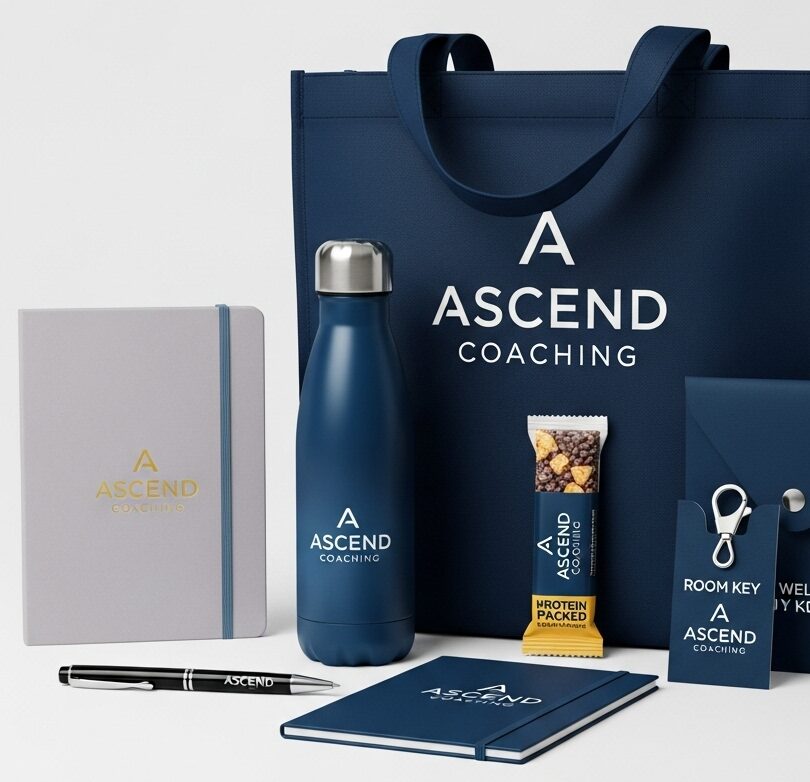
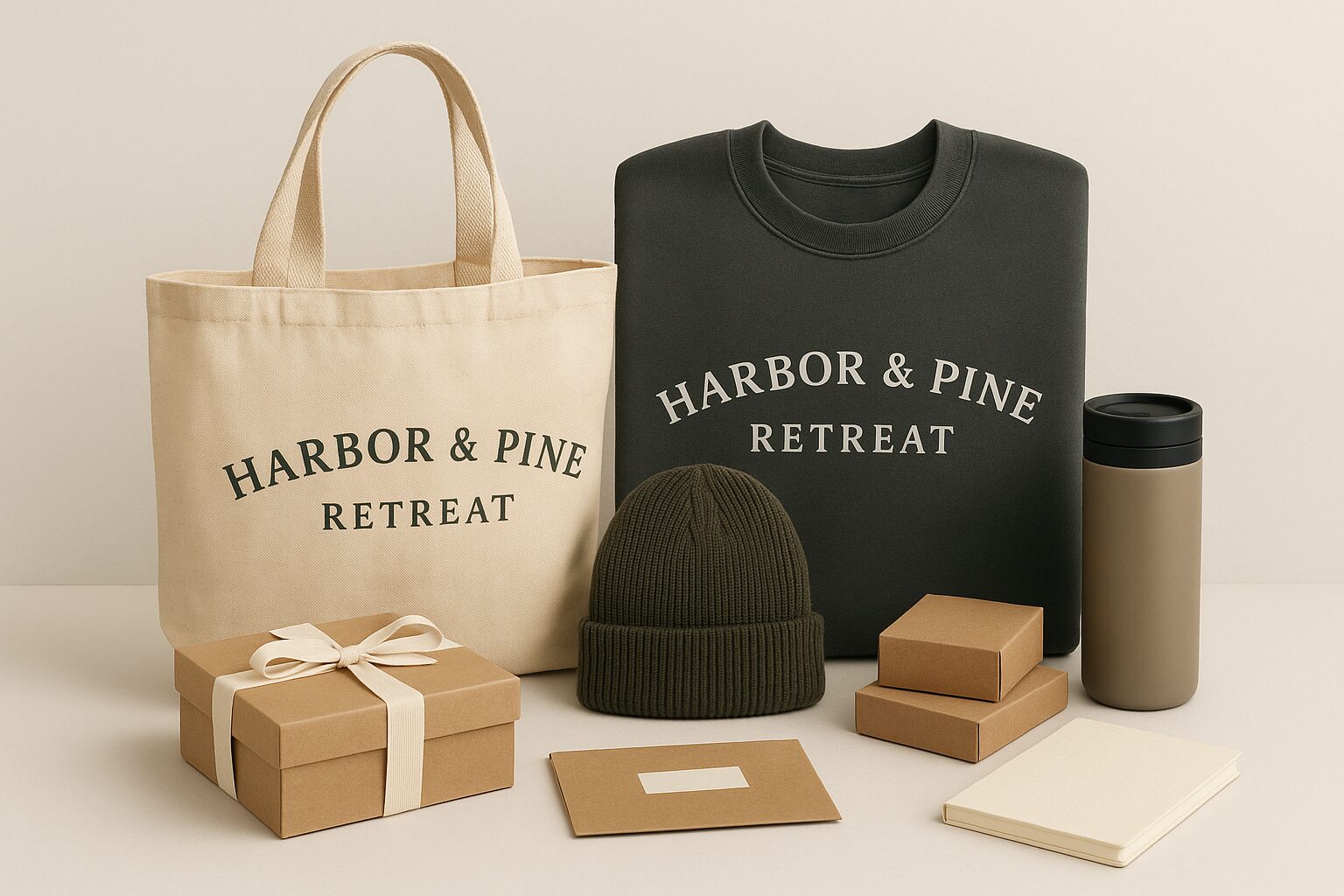

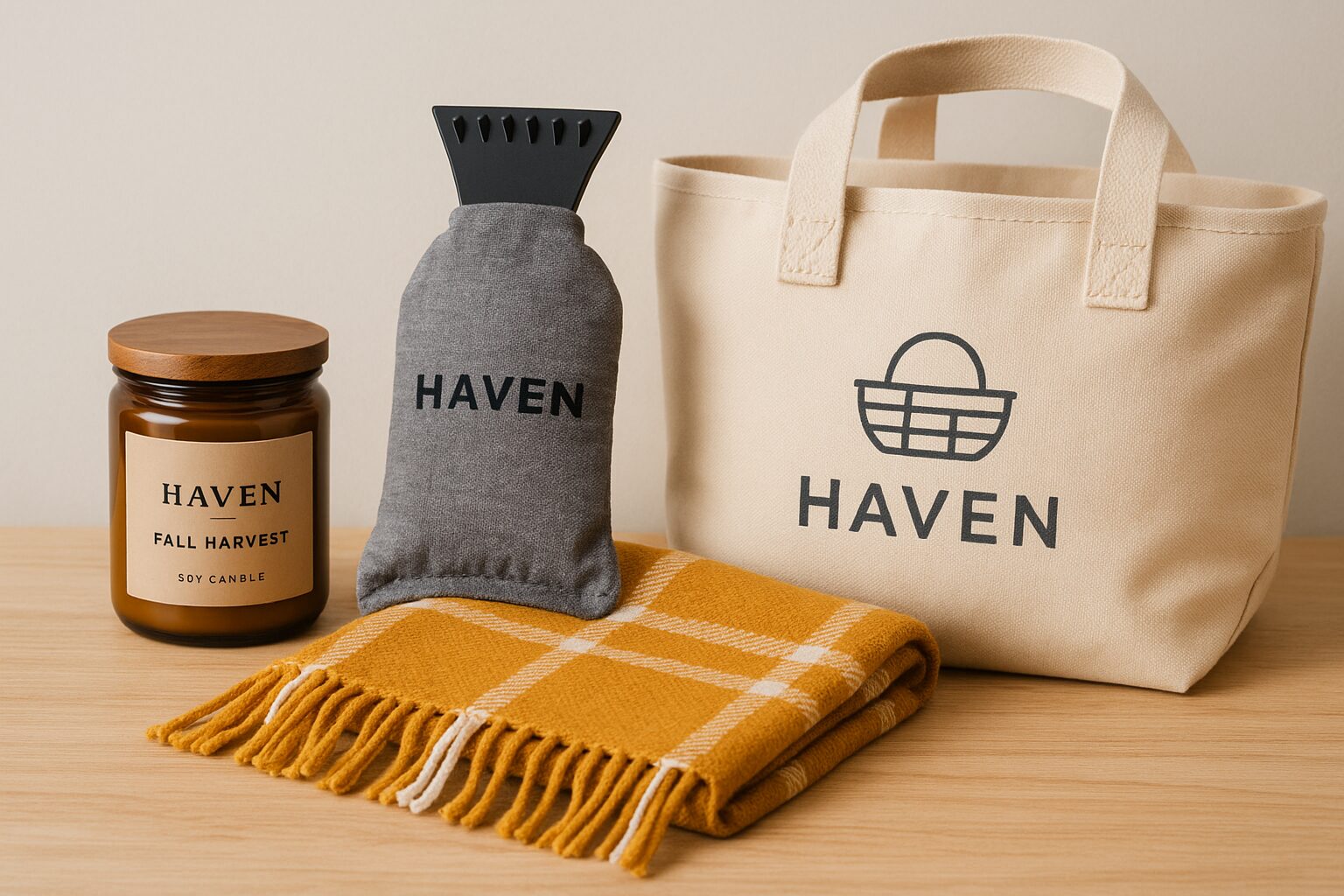
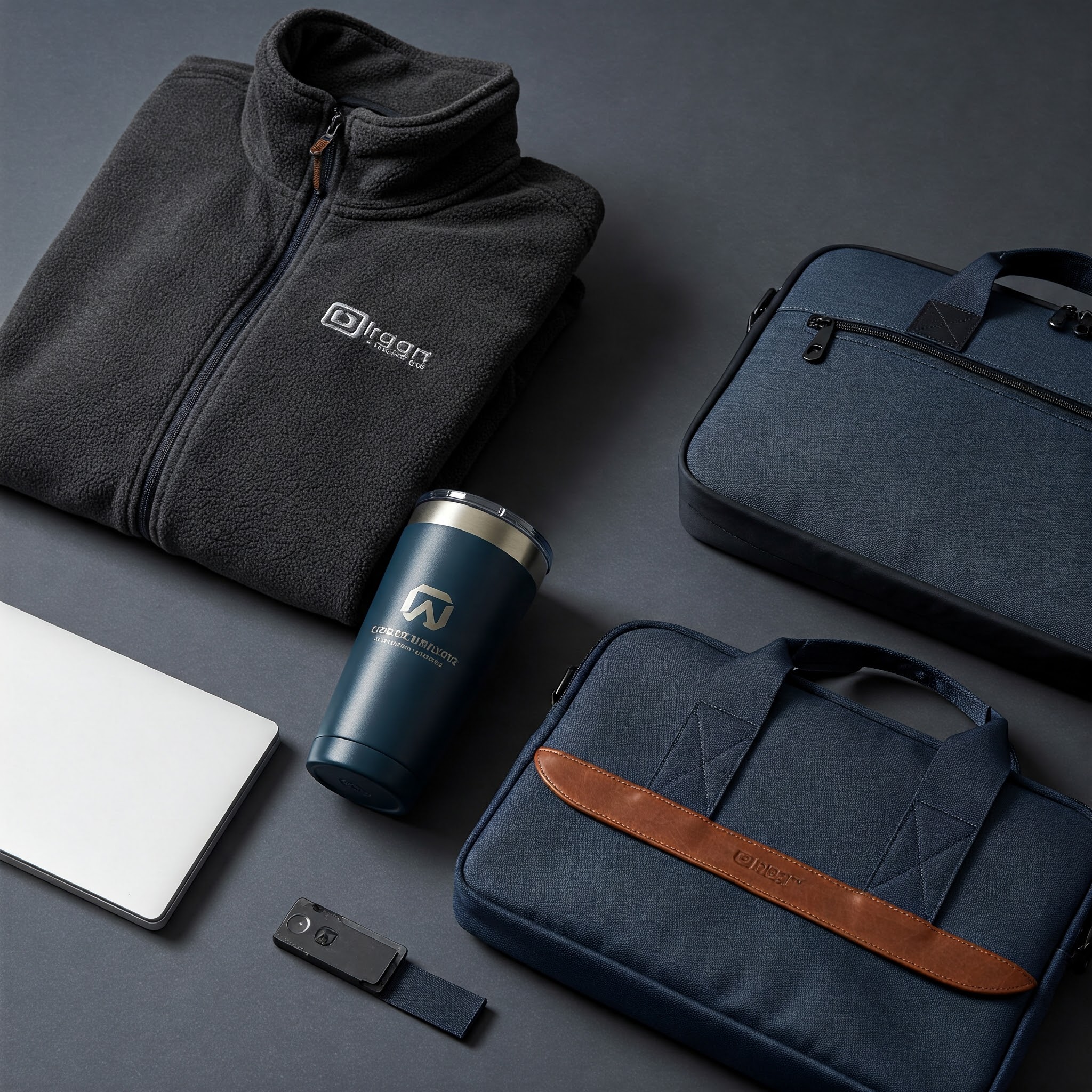
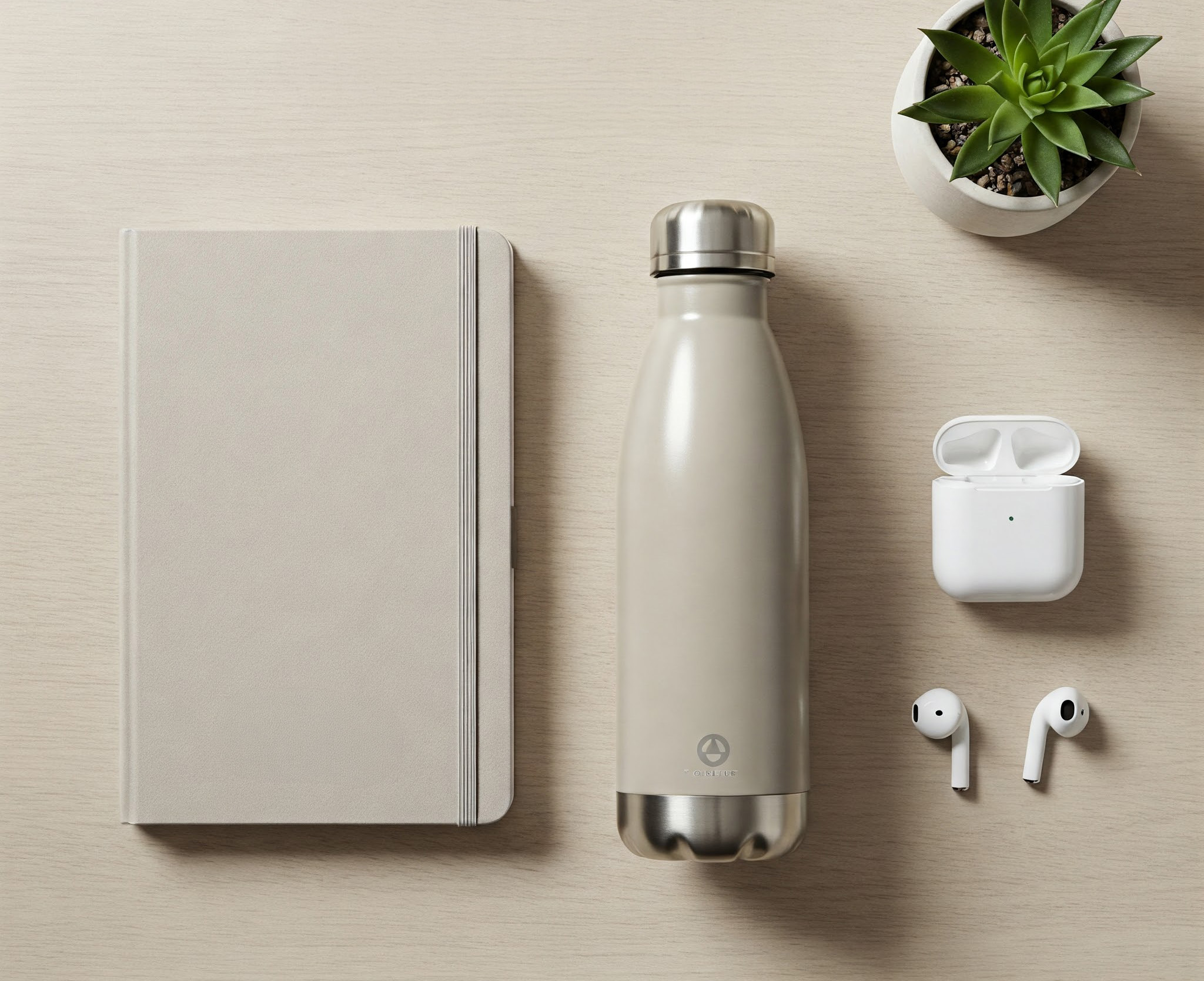
0 Comments